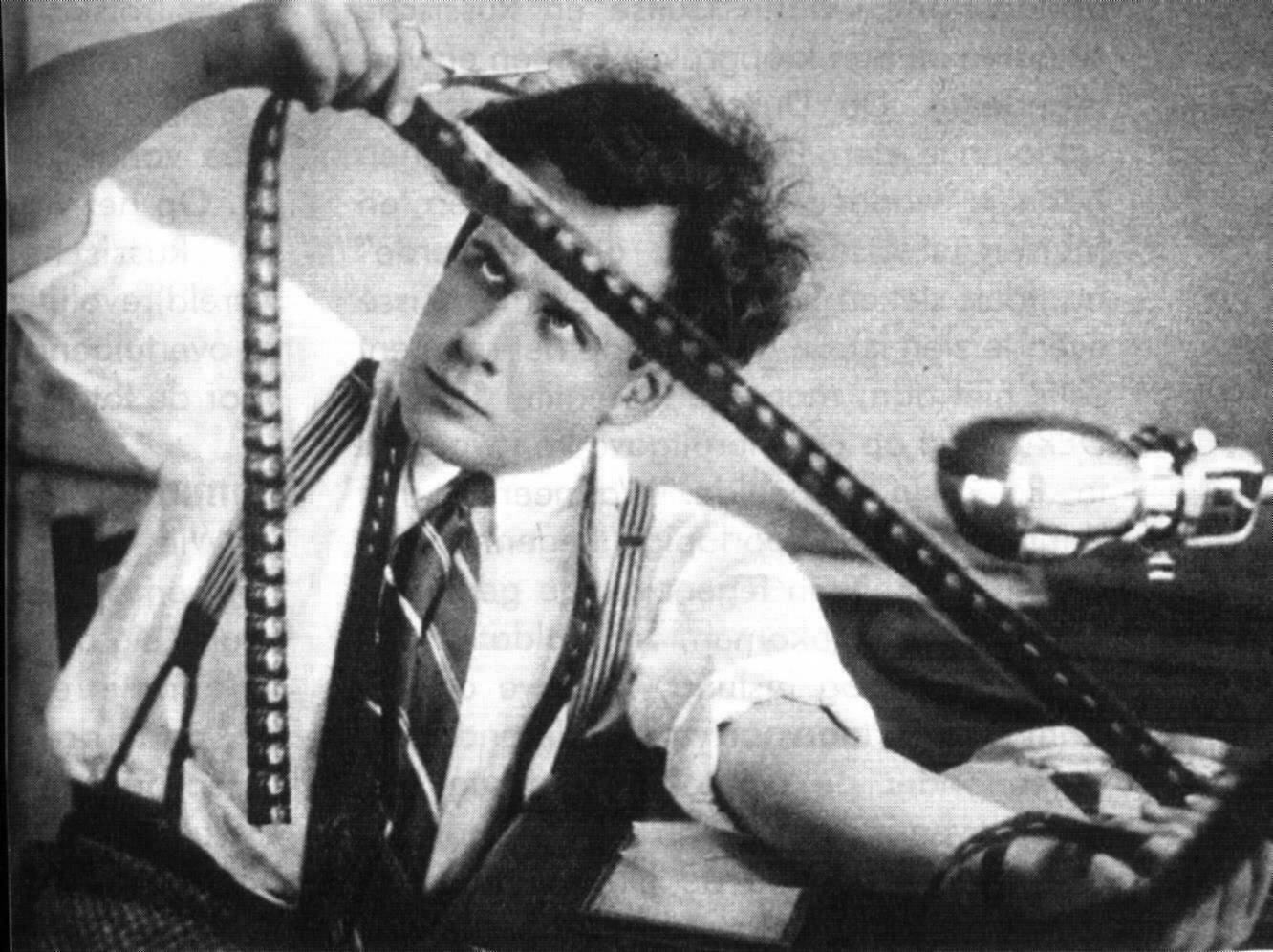Soviet montage
Soviet montage also known as the montage theory . Soviet montage was originated from Russia in 1925. Soviet montage theory is an different approach in understanding and creating cinema that is heavily depend on editing. Ideas to be extracted from sequence and when it is strung together, constitute the whole film's ideological and intellectual power.
It is one of the important contribution of Soviet films. This theory not only bring influence in Soviet film, it also influence the world wide cinema scene.

Sergei Eisenstein (10 Jan 1898- 11 Feb 1948), the inventor of the Soviet montage theory. He was a Soviet Russia director, and a film theorist. He was one of the pioneer int he theory and practice of the montage.
He developed the "methods of montage" which includes:
1. Metric
2.Rhythmic
3.Tonal
4.Overtonal
5.Intellectual
One of his famous works the "Battleship Potemkin" a classic film with the usage of "soviet montage" in the film. "Battleship Potemkin" is named as one of the greatest films of all time at the Brussels World's Fair in 1958.
One of my favourite films that uses this theory was the movie "Up" by Disney Pixar. The montage was use during the first 4 minutes of the opening of the sequence which is one of the most powerful scene to me in the movie.
German expressionism
German expressionism movement refers to the creative movement that began in Germany before WW1, it reached the peak during in Berlin during the 1920s.
These development was part of the expressionist movement. Germany themselves were part of a huge expressionist movement in the central and north European culture in various fields such as dance, painting, sculpture,architecture and also for cinema.
Expressionist films often reveal high rise buildings with sharp angles and crowded environment around. A couple number of artists works in the Berlin theater brought the expressionist visual style to the design of stage set. This result in an influence on films transact with horror and fantasy.

One of the great example is Robert Wiene's film "The Cabinet of Dr. Caligari a 1920 film with very dream-like atmosphere. This film was universally well recognized as an early classic expressionist cinema film.
M favourite German expressionism film director is Tim Burton. Director Tim Burton was highly influence by German expressionism. As you can tell from many of films, Edward Scissorshands (1990), Charlie and the chocolate factory (2005), Corpse bride(2005) and Dark shadows (2012) were some of it.

For me my favourite was Dark shadows, I like how the colour play the horror yet fantasy dream set and style really caught my eye. The plot was very interesting too. One of my favourite.
French Impressionism
French impressionism refers to French impressionist cinema, started during 1918 and lasted approximately 10 years till 1929. French impressionst cinema are also known as the first avant-grade or narrative avant-grade.
There are various characteristics for French Impressionism films:
1.Camerawork
2.Mise-en-scene
3.Optical devices
4.Characteristic ediing patterns

French impressionist focus more on personal emotions and inner actions. Many flashblack scene was used to depict that. They also insisted to show the dreams and fantasies. One of the example, "The Smiling Mme. Beudat (1923) shows that.
For editing, French impressionst films uses POV (point of view) editing and rhythmic editing that depict the mental states.

Tokyo Story by Yasujirō Ozu ( 12 December 1903 – 12 December 1963) was one of my top pick. The story really got me good. From the builds up of emotions till the shots in the film it was beautifully made. Tokyo story was widely regarded as Ozu's masterpiece and was voted as best film of all time in a poll by directors by sight & sound magazine in 2012.
No comments:
Post a Comment